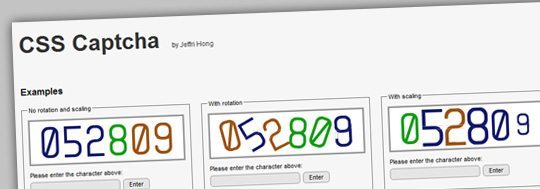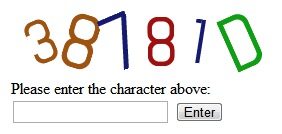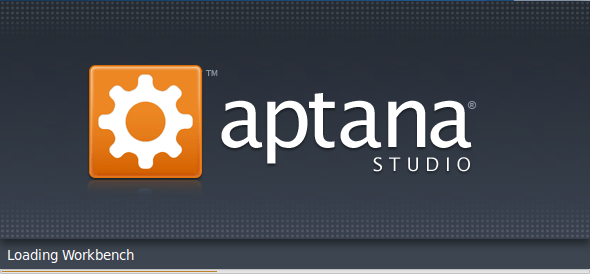One of my developer friend asked me if we could sort by last post using wp_list_categories function for WordPress. By default, wp_list_categories accept arguments for order by ID, name, slug, count or term_group. Order by latest post is not possible by default, but with a little of tweak using filter hook, we can. 🙂
First, we’ll looking at the function wp_list_categories. This function made call to get_categories to get the list of categories, which made another call to get_terms. Categories in WordPress is basically terms with category taxonomy. Finally, looking on the get_terms function, we will find some delicious filter hook that suitable for our customization.



